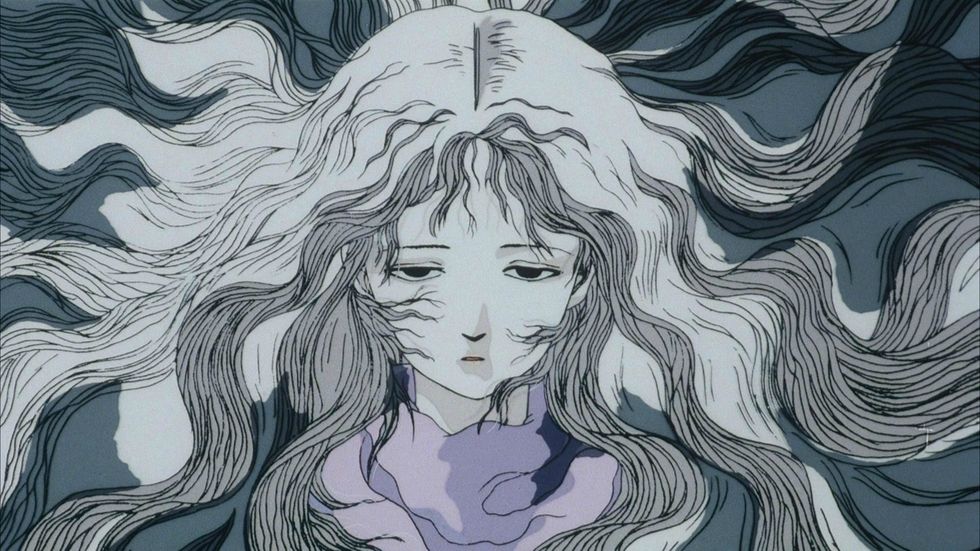One of my favorite things about art is that it’s up to me to figure out what it means. Analyzing elements of it and thinking about possible meanings and talking about them with other people is intellectually stimulating to me. The best kind of art for me is open ended. The more I must work to make connections, the better. This activity often faces a large problem in my opinion, and that is the artist offering input on what their art means.
The issue is not that artists tell people what their art is about. Of course, if what they made was very personal to them, and they want to share what kind of experiences led to the creation of the art, and what the symbolisms mean to them, they are owed that right. However, the problem arises when people think that’s where the discussion ends. Often the analysis turns into a fight for certainty amid something that has no stable grounds or answers. However, people cling to artist’s input on their work as the definitive truth of what it’s about. Perhaps it’s difficult to face the fact sometimes your questions don’t have answers.
For example, at a panel last year at UCI, while discussing her book Station Eleven, Emily St. Mandel would answer very directly about ambiguities in the story. By the end of the panel, I felt like a lot of meaningful discussion that could have been had about the book were stifled, and from that point on, would become rehashes of things she said from the panel.
Recently I watched a move called Angel’s Egg, which was directed by Mamoru Oshii (Also well known for making the Ghost in the Shell animated movies). The movie was very cryptic, and in my humble opinion, holds a meaning that is impossible to grasp with the English language. However, when faced with questions about the move, Oshii responded in a unique way. He said he did not know what the movie meant. This starkly contradicts other artists who say “I would like to leave the art open to interpretation.”
In my opinion it’s nearly impossible for someone to do something for no reason, let alone make a full-length feature film. From that assumption, we can draw the conclusion that Oshii had reasons for making the film the way it was. From there, we can further assume he had a very strong opinion of what the film is about as do all artists when they finish a project. However, he overcame the feeling of knowing the true interpretation of the movie and said he did not know what it was about.
I find this concept interesting because it’s true. Although they have key insights into what inspired the art, being the ones that made it, something made to be open ended is open ended. No amount of insight can answer a question that has no answer. Mamoru Oshii’s response to his movie is the way all artists should respond when asked the same question.


















